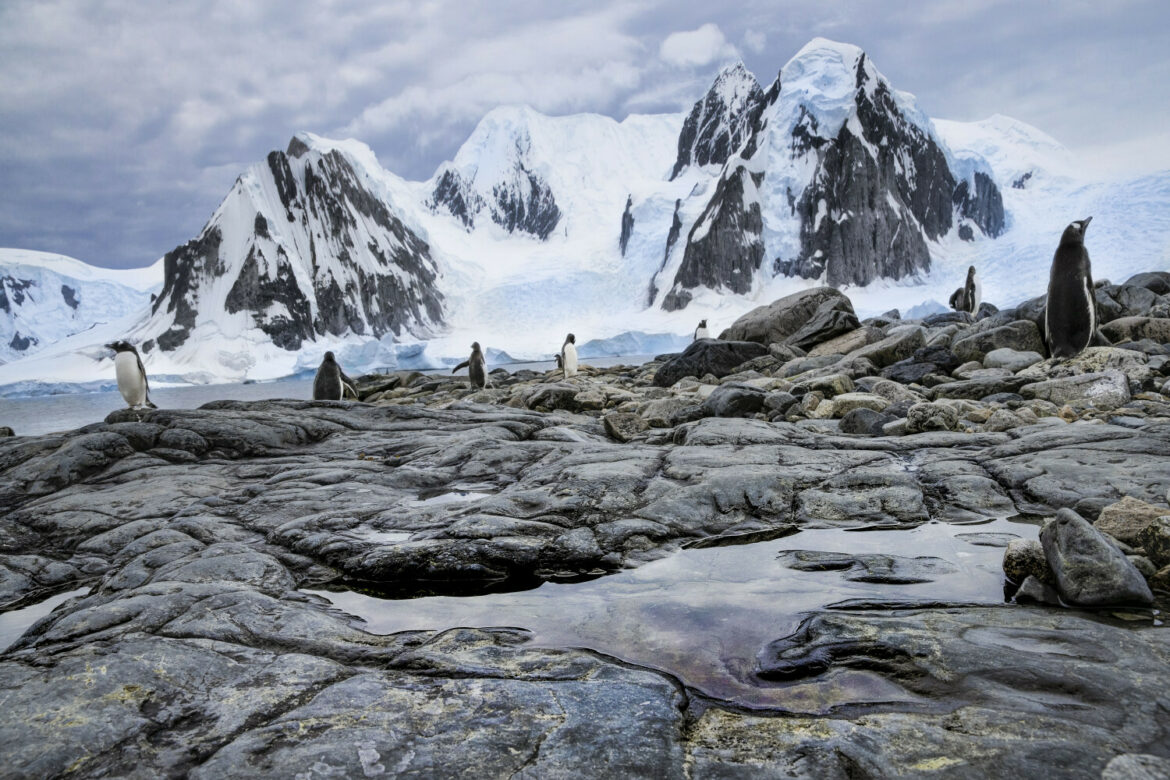Polish scientists from the Institute of Botany of the Polish Academy of Sciences (PAN) in Krakow have proved that one species of moss (Syntrichia sarconeurum) has survived in Antarctica for at least two million years.
As Dr Michał Ronikier from the Institute of Botany of the Polish Academy of Sciences (PAN) told the Polish Press Agency: This is an important contribution to the interpretation of the history of Antarctic biodiversity.
The results of the work of the team of Polish scientists were published in the Journal of Biogeography. They will help in making predictions about how biodiversity will respond to climate change.
Mosses are a major component of Antarctic vegetation cover. They have long been known to have a high physiological capacity to survive the stress of low temperatures and dry environments. Despite their delicate structure, they can remain alive for hundreds of years.
Dr Michal Ronikier says that scientists “have been troubled by the question of how far their survival capabilities extend in the Antarctic, and especially on the Antarctica continent”.
Syntrichia sarconeurum is one of the few moss species found in almost all accessible land areas of Antarctica. On the basis of molecular dating, the research team determined that this moss may have been present in the Antarctic area for a number of periods of glaciation – perhaps even the entire Quaternary – that is, for more than two million years. It has thus survived global climatic oscillations – warming and cooling.
“We have shown unequivocally that populations of this species persisted during the period of glacial maxima – i.e. the most difficult environmental conditions – not only in the periphery of Antarctica (the so-called Maritime Antarctica), but also in its heartland, in the continent. This is evidenced by the distinct and isolated genetic lineages that characterise continental populations”, said Dr Ronikier.
Adrian Andrzejewski





